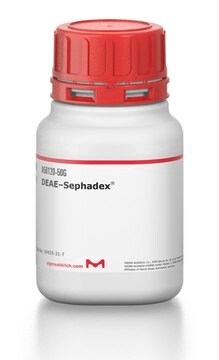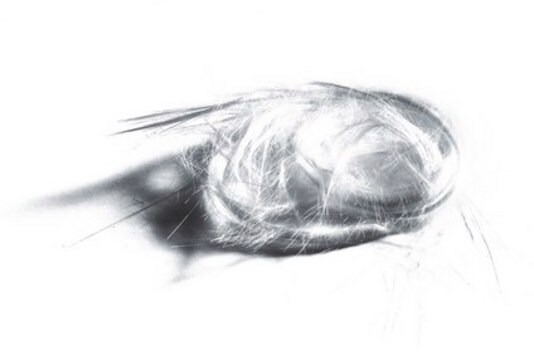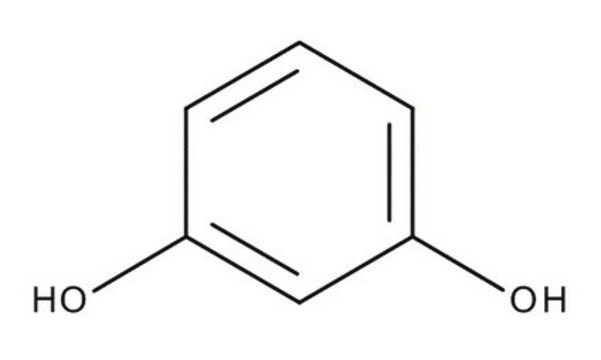Wszystkie zdjęcia(1)
Kluczowe dokumenty
295744
Silver
wool, diam. 0.05 mm, ≥99.9% trace metals basis
Zaloguj sięWyświetlanie cen organizacyjnych i kontraktowych
About This Item
Wzór liniowy:
Ag
Numer CAS:
Masa cząsteczkowa:
107.87
Numer WE:
Numer MDL:
Kod UNSPSC:
12141740
Identyfikator substancji w PubChem:
NACRES:
NA.23
Polecane produkty
Poziom jakości
Próba
≥99.9% trace metals basis
Formularz
wool
rezystywność
1.59 μΩ-cm, 20°C
Średnica
0.05 mm
bp
2212 °C (lit.)
mp
960 °C (lit.)
gęstość
10.49 g/cm3 (lit.)
ciąg SMILES
[Ag]
InChI
1S/Ag
Klucz InChI
BQCADISMDOOEFD-UHFFFAOYSA-N
Opis ogólny
Srebro jest wszechstronnym pierwiastkiem o szerokim zakresie zastosowań, szczególnie w dziedzinie katalizy. Jest coraz częściej wykorzystywane w postaci nanocząstek srebra (AgNP) ze względu na ich wysoką powierzchnię, co czyni je skutecznymi w transformacjach organicznych, fotokatalizie i elektrokatalizie. W syntezie organicznej katalizatory srebra odgrywają kluczową rolę w ułatwianiu różnych reakcji, wykazując dobrą kompatybilność z grupami funkcyjnymi i zdolność do katalizowania szerokiego zakresu przemian.
Zastosowanie
- Synteza nanocząstek srebra o różnych kształtach: Szczegółowe metody kontroli kształtu nanocząstek srebra, ważne dla zastosowań materiałoznawczych, w których geometria cząstek wpływa na właściwości (B Khodashenas, HR Ghorbani, 2019).
- Nanocząstki srebra: synteza, charakterystyka, właściwości, zastosowania i podejścia terapeutyczne: Oferuje kompleksowy przegląd nanocząstek srebra, dostarczając cennych informacji dla środowiska akademickiego i zastosowań zorientowanych na badania (XF Zhang et al., 2016).
Ta strona może zawierać tekst przetłumaczony maszynowo.
Hasło ostrzegawcze
Warning
Zwroty wskazujące rodzaj zagrożenia
Zwroty wskazujące środki ostrożności
Klasyfikacja zagrożeń
Aquatic Acute 1 - Aquatic Chronic 1
Kod klasy składowania
13 - Non Combustible Solids
Klasa zagrożenia wodnego (WGK)
WGK 3
Temperatura zapłonu (°F)
Not applicable
Temperatura zapłonu (°C)
Not applicable
Środki ochrony indywidualnej
Eyeshields, Gloves, type N95 (US)
Wybierz jedną z najnowszych wersji:
Masz już ten produkt?
Dokumenty związane z niedawno zakupionymi produktami zostały zamieszczone w Bibliotece dokumentów.
Rui Wang et al.
Journal of nanoscience and nanotechnology, 13(6), 3851-3854 (2013-07-19)
The present studies reveal that silver nanoparticles (AgNPs) can induce apoptosis and enhance radio-sensitivity on cancer cells. In this paper, we mainly investigated the effect of AgNPs on rat glioma C6 cells upon the combination treatment of hyperthermia treatment (HTT).
Sa Ram Lee et al.
Journal of biomedical nanotechnology, 9(7), 1241-1244 (2013-08-06)
We demonstrate simultaneous detection of surface-enhanced Raman scattering (SERS) and fluorescence signals from a silver microbead. For the dual signal generation, silver microbeads with a diameter of 15 microm were functionalized with benzenethiol (BT) as a Raman tag and a
S S Sudha et al.
Indian journal of experimental biology, 51(5), 393-399 (2013-07-05)
Silver nanoparticles is known to have antimicrobial affects. Cyanobacteria isolates from muthupet mangrove includes Aphanothece sp, Oscillatoria sp, Microcoleus sp, Aphanocapsa sp, Phormidium sp, Lyngbya sp, Gleocapsa sp, Synechococcus sp, Spirulina sp with were set in compliance with their cellular
Muthusamy Prabhu et al.
Journal of nanoscience and nanotechnology, 13(8), 5327-5339 (2013-07-26)
In this study, silver-doped silica- and phosphate-based nanobioactive glass compositions (58SiO2-(33- x)CaO-9P2O5-xAg2O) (x = 0, 0.5, 1, 2 and 3 mol%) were synthesised by a simple and cost-effective sol-gel method. The prepared samples were characterised by X-ray diffraction, Fourier transform
T Prameela Devi et al.
Indian journal of experimental biology, 51(7), 543-547 (2013-08-01)
A total of 75 isolates belonging to five different species of Trichoderma viz., T. asperellum, T. harzianum, T. longibrachiatum, T. pseudokoningii and T. virens were screened for the production of silver nanoparticles. Although all the isolates produced nanoparticles, T. virens
Nasz zespół naukowców ma doświadczenie we wszystkich obszarach badań, w tym w naukach przyrodniczych, materiałoznawstwie, syntezie chemicznej, chromatografii, analityce i wielu innych dziedzinach.
Skontaktuj się z zespołem ds. pomocy technicznej









